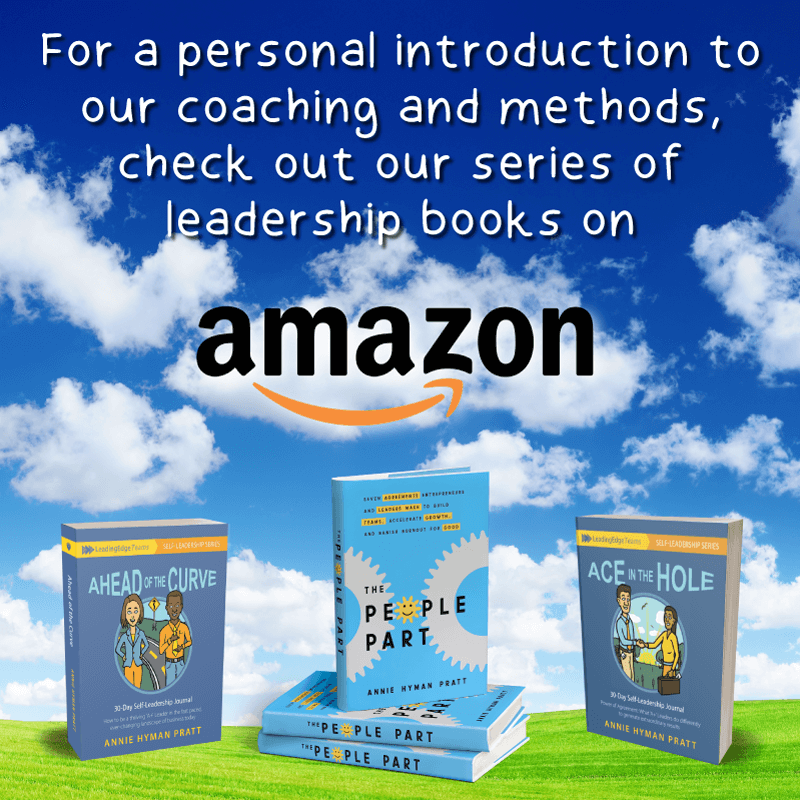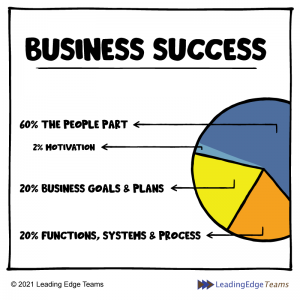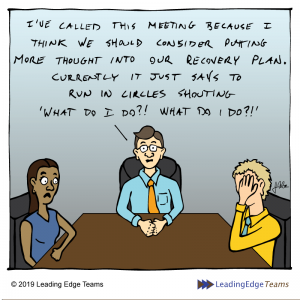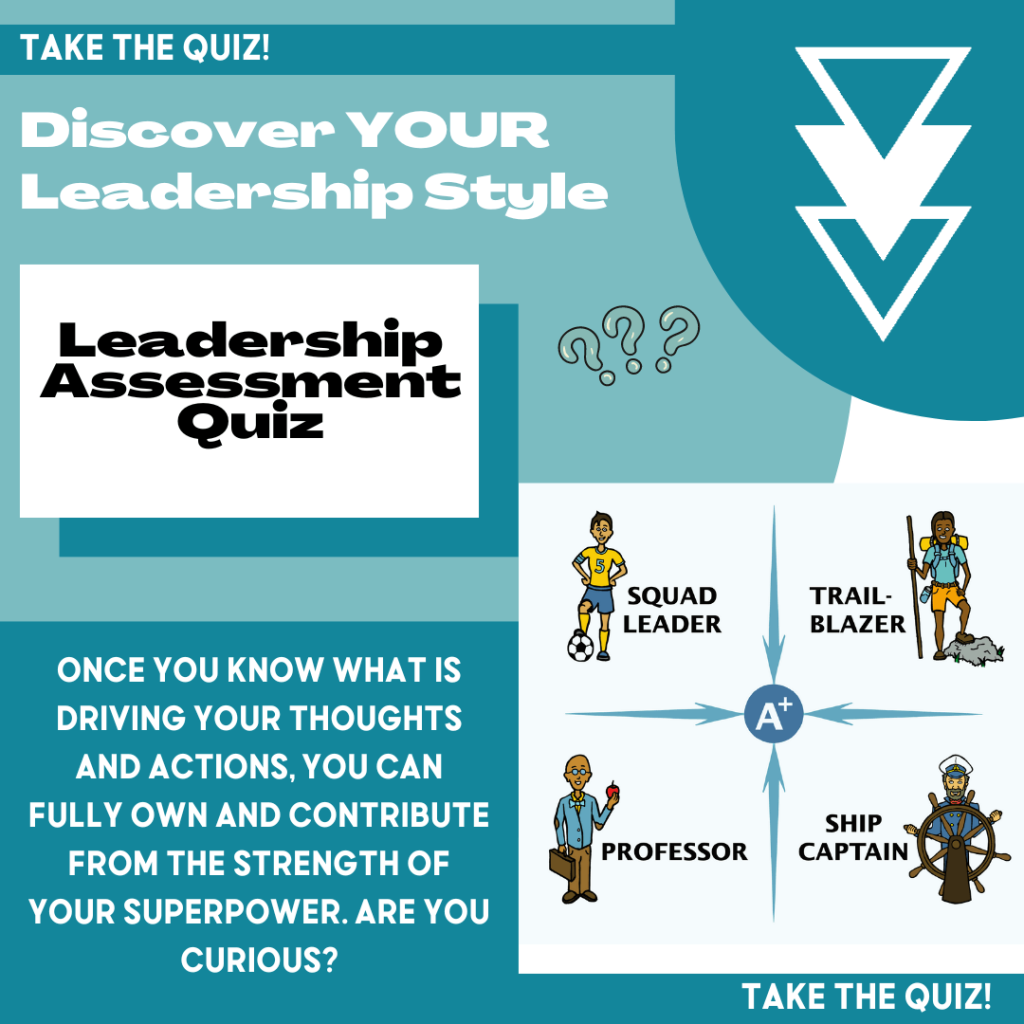Do you want to grow business and build a high performance team? If you do, this requires leadership. However, modeling leadership involves your human self, your strengths and weaknesses, actions and reactions, and your willingness to commit to bringing out your best. It's time to bring your org chart to life!
It goes without saying, being a leader that has a strong influence on the activities and attitudes of the people in your company is not simple. You can create an “org chart” that lays out the titles and aligns job roles, but it’s your strong leadership, experienced up close and personal, as you develop the Self-Leadership of each employee.
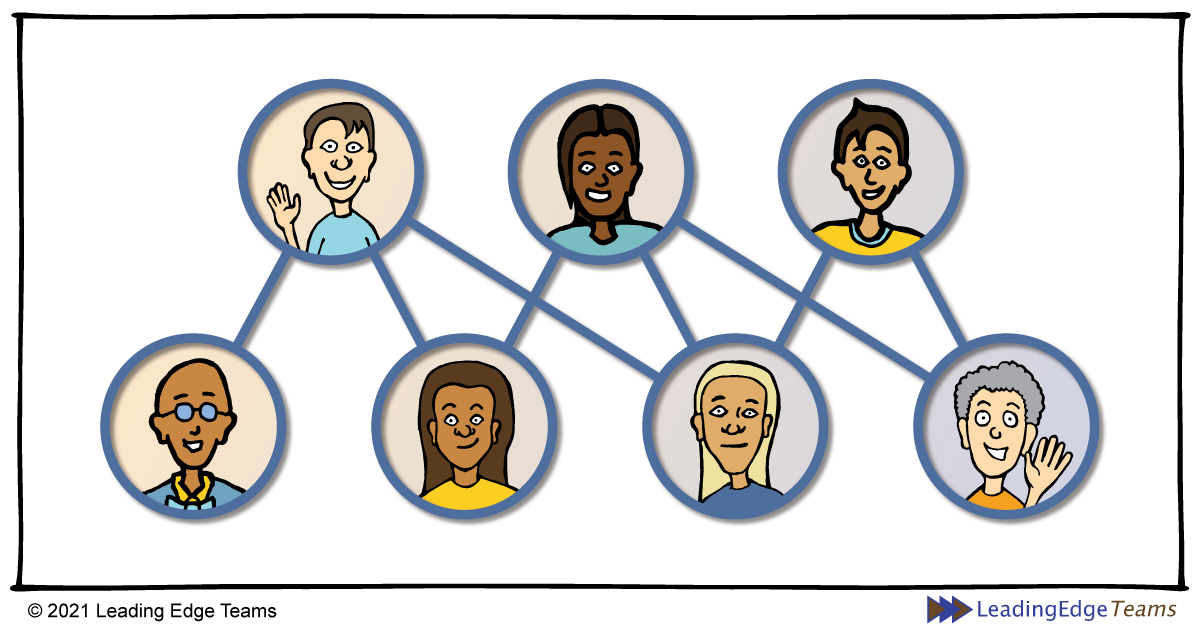
Leaders That Inspire
Do you feel that you are a leader that inspires other people to willingly follow?
One of your primary roles as a CEO or an executive leader is to help others, who are also human, respond positively to your leadership. And that is entirely overlooked all too often by those in executive leadership.
The real dilemma is how to model and put roles into action, to bring the org chart to life, so that the people in your company are productive and achieve outcomes—and are retained because they are satisfied with you and their job.
Let me tell you my story…
In my twenties, and early days as CEO of Coffee Bean and Tea Leaf, I thought that two requirements, education and drive, pretty much summed up what I needed to do to be successful. I was young, and I assumed that I had what was needed when I came on board to lead my parents’ company at 22-years-old. And, after all, hadn’t I graduated Phi Beta Kappa, Magna Cum Laude, from UCLA in Economics/Business?
The business had already proven itself, with seven “Mom and Pop” stores in Southern California during the beginning of the coffee boom. But, my involvement and leadership with the “People Part,” of the business was something I hadn’t highly considered. I assumed a lot about the “People Part,” and did not consciously recognize how people were the primary key to our company's business success.
Fortunately, after plenty of mistakes and awkward learning on my part, the people themselves taught me how to do things like:
- Communicate frequently and effectively
- Invest in developing their skills in areas that they were gifted
- Trust their abilities and their role; avoid micromanaging
- Address issues with all of those involved
- Listen and welcome their problem-solving and creative ideas
- Celebrate them, their potential and accomplishments
Oh yes, I admit that I had so much to learn back then about leading teams of people, especially as I began to grow Coffee Bean and Tea Leaf to an international brand of 70+ stores in a short seven years time, but thanks to them, I’m where I am today—an executive business coach with a thriving business I love.
The People PartTM
Me, nor you, can afford to forget the importance of the “People Part.”
Now, picture the people you work with…
Consider the following four principles that build solid working relationships:
“Relationships are based on four principles: RESPECT, UNDERSTANDING, ACCEPTANCE and APPRECIATION.” Mahatma Gandhi
Demonstrate these four principles in your interactions with your team, and combine them with the tips listed in the bulleted list above, and I guarantee they will help bring your “org chart” to life.
As you become a leader who values these principles, demonstrating them regularly, your reputation draws A+ Players! You build a reputation as a CEO or executive leader who is confident and wise enough to genuinely care about the people in your company. When you model and build strong working relationships, that in-turn creates loyalty and productivity. Then, anything is possible!
Today, try to be deliberate about putting the four relationship principles into action.
Do this especially if you don’t want to be known as just another company, CEO or manager! Be seen as a leader who stands out because you respect the people you work with—as well as appreciate their contributions to achieving company goals.
Building strong business relationships with humans not only creates a trusted brand, but when you take time to have clear communication and connection, and make it a continual priority, you demonstrate RESPECT for those who help to make your business thrive.
At the same time, add the skill of actively listening, and you are clearly saying to the other person, “I care about you and want to UNDERSTAND your point-of-view.” This assures greater safety in the workplace, and provides the freedom for both parties to speak openly and honestly, as each one is given the opportunity to talk. Listening includes restraining personal judgement, and participating by making eye contact and giving affirming nods.
A universal need humans have is to be accepted. Both respecting and seeking to understand another person, makes them feel accepted.
From childhood playgrounds and on through the years, humans are social, want connection, and need ACCEPTANCE. It’s no different in the workplace; in fact, it might even be a more conscious need as a person grows older.
How you demonstrate acceptance towards others in the workplace:
- collaborate to find solutions
- unite by letting go of what happened yesterday
- appreciate what is, rather than what you find lacking in another person
And last but not least, establish long-standing success by showing people your APPRECIATION—your company team and external stakeholders—customers, and others in your sphere of company influence and community.
Gestures of Appreciation
- written notes, online or offline
- small gifts
- time off for your team; opportunity to connect more personally with you for clients or customers
- personal videos to the team or an appreciation event for them; this works well for community and customers as well.
- few things beat a sincere one-on-one hand shake and words of appreciation for a specific accomplishment, or a monetary bonus for what an individual consistently contributes to the achievement of goals and outcomes.
Professionally and personally, for everyone, 2021 has been an intense year to say the least. No matter what your stand or beliefs are on current issues, I encourage you to remember these four principles with whomever you interact with today—have them ready to put into action. Notice how they help diffuse potential conflicts, build terrific relationships and help bring people, and your org chart, to life!
GIVE: Respect. Understanding. Acceptance. Appreciation.
Warmly,
– Annie




